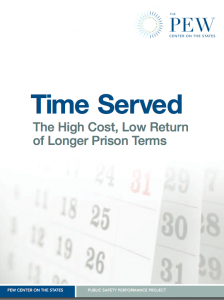The FBi’s release of California crime statistics unleashed charges from both pro and anti-realignemnt advocates. Each side claimed that the statistics supported their position as to the effect of realignment reform upon crime in California. A January 24th LA Times article articulated the positions of both sides.
“The Sacramento-based Criminal Justice Legal Foundation said that statistics released by the FBI, show a 7.6% increase in homicide and double-digit increases in burglary and auto thefts the first half of 2012 when compared to the first six months of 2011″.
The Center on Juvenile and Criminal Justice, on the other hand, found there was ” no connection between those changes and places with the proportion of “realigned offenders,” individuals who would have gone to prison in the past but are now the wards of counties. In fact, crime rates dropped in five counties receiving a disproportionate share of those new prisoners.”
And so the argument as to realignment and its impact upon crime levels continues. With conservative and many law enforcement agencies decrying the return of prisoners to county supervision and custody, as a danger to public safety. And so-called reformers and human-rights advocates arguing that realignment is working, and where there are problems, they are caused by the government’s reluctance to take the reforms further and to provide the resources and support required for such a major shift in prison policy.



